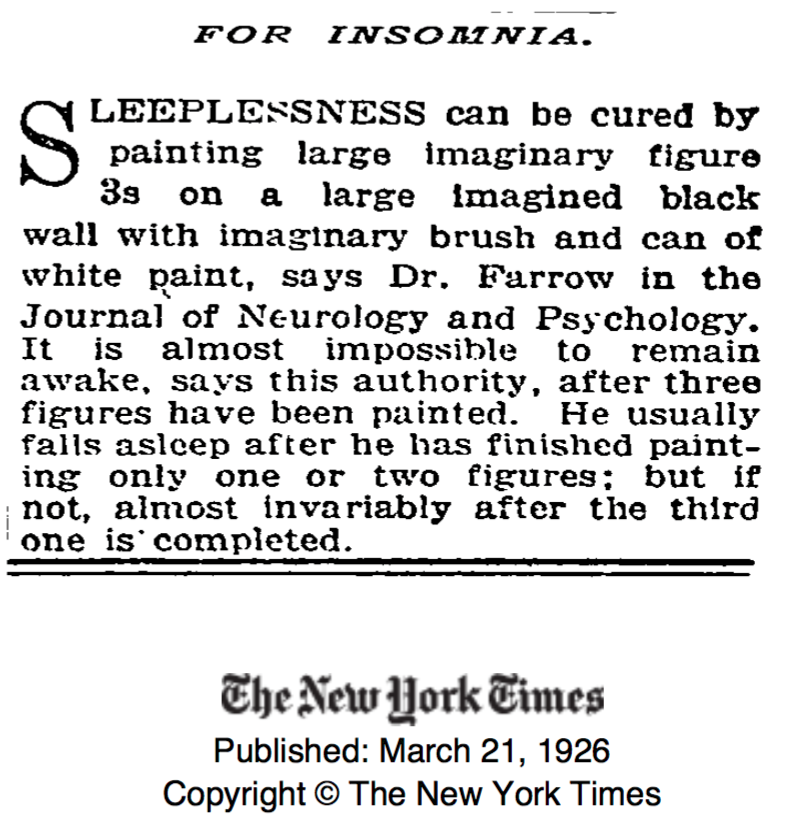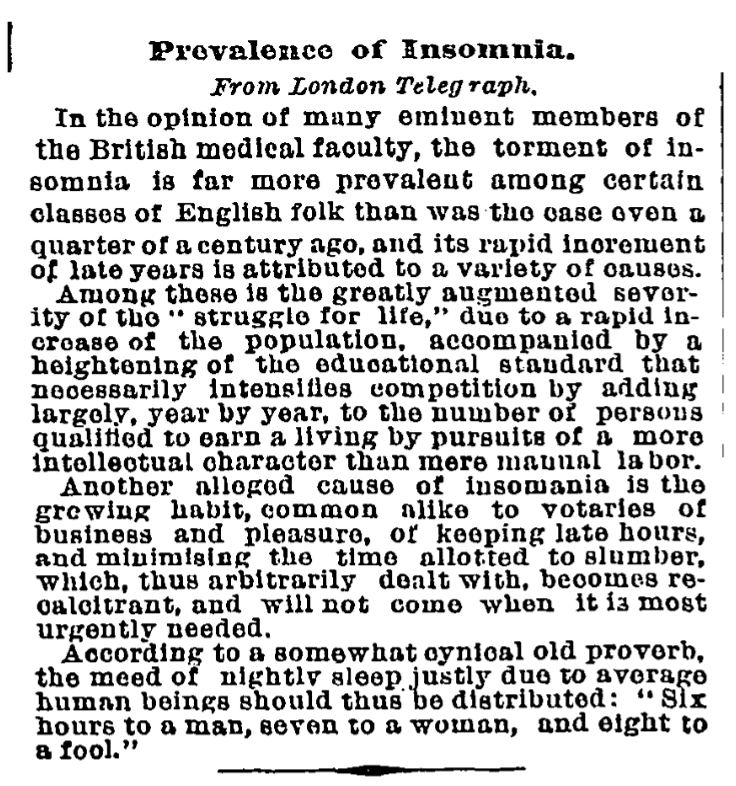The method of getting to sleep presented in In Pursuit of Sleep is predicated on the Transition Trek. So what is the Transition Trek, and how does it help an insomniac get to sleep?
The Transition Trek is a narrative that defines the imaginary actions and images that you use just after closing your eyes to control the mind’s activity while it goes to sleep. It gives the mind something to do that is conducive to sleep by involving what you might call your psychic body in an activity. Here are some of the Transition Trek’s more salient characteristics:
- It is a first-person narrative, with you as that person within the narrative.
- It also involves sleep breathing, which means that you take control of your breathing and make it slower and more deep, as when you are sleeping.
- The narrative is full of images that you visualize as you progress along the route described in the Transition Trek.
- The narrative also evokes the other four senses: sound, touch, taste and smell. This fully involves you and your psychic body in the imaginary world of the Transition Trek.
- The narrative consists of nine scenes, starting with being awake and ending with being asleep.
- Here are a few sentences from the second scene of the Coastal Transition Trek narrative: I’m in a small boat rowing ashore with the sun heading toward the horizon. Its rays set a golden glow to the waves as they gently lap the shoreline. Off in the distance, I see the sailing ship I just left behind moving out to sea. My arms are tired from rowing as the bow of my little boat slides over the sand and onto shore.
In Pursuit of Sleep contains four different Transition Treks, each with the characteristics mentioned above. They are as follows:
- Coastal Transition Trek: This Trek is set in a coastal area and initially you are in a rowboat rowing toward shore. Once on shore, you follow a path from the beach inland to where you are to spend the night.
- City of God Transition Trek: I have added this Transition Trek because many people like to say a prayer before sleep. It seems logical to integrate the prayer with the Transition Trek. The trek I present here solves the problem by imagining a secluded holy place that we enter and continue on to our place of rest.
- Castle Transition Trek: In this Transition Trek, you enter a castle in a foreign land. The ground floor is filled with people, although you will only interact with them initially while you eat dinner. Then you ascend the stairs and pass through five more floors, the last being the roof where you go to sleep staring up at the heavens.
- Mountain Descent Transition Trek: The previous treks have been purposefully boring. But this Trek is for the adventurous. It simulates what we describe as “falling asleep” by coming down a mountain. When you cannot sustain the boring Coastal Transition Trek because of overriding real-life issues, you might need a trek that can peak your interest to keep you away from distractions. To do that, we have to take a chance by making it a little more exciting. You come down the mountain by sliding through snow and walking down an ice field. At the very end, you are a skydiver or flyer and don a wing suit before jumping off a cliff,
All the Treks but the last are purposefully boring. Boredom is your friend when you are trying to go to sleep. Each has nine different scenes because researchers have shown that that sleep onset has nine different stages. In In Pursuit of Sleep, I lead you through the basics of going to sleep, especially concentrating on what is called the “sleep propensity curve” ( related to circadian rhythms) and how to correct yours if it has been compromised by not being able to get to sleep night after night.
Transition Treks are the heart of the book, but I have also provided help for those who have suffered emotional trauma and fear they will die in their sleep. At the end, I discuss the problems encountered when you have overcome your insomnia but miss lying awake engaging in fantasies or trying to solve problems. Decades of research have gone into this little book, and I believe practically everyone with insomnia can solve their problem with the Transition Trek.
You can’t find this stuff anywhere but in In Pursuit of Sleep. Sleep hygiene and CBT do not really address what happens when you close your eyes. I stay with you until you are fully asleep.


